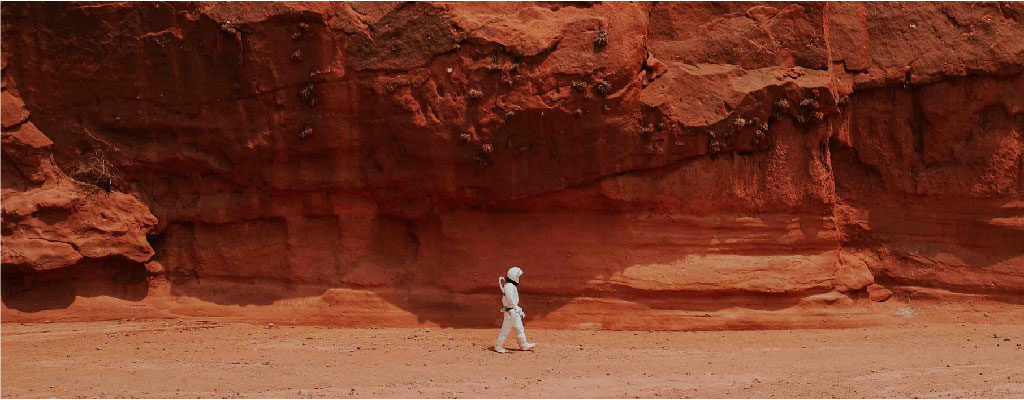Research conducted by:
Steven Greybush, Associate Professor of Meteorology and Atmospheric Science and ICDS Co-Hire
Tags:
data assimilation Mars meteorology
Research Summary:
As exploration of Mars heats up, scientists need a better understanding of weather patterns on Mars to land spacecraft and conduct exploration operations. Researchers used data assimilation methods to give better estimates about the state of the atmosphere by combining observations that are sparse in space and time with a dynamical model and weighting them by their uncertainties. They generated and evaluated a dataset that includes gridded fields of temperature, wind, surface pressure, as well as dust, water ice, CO2 surface ice and other atmospheric quantities. This reanalyses are useful for both science and engineering studies, including investigations of transient eddies, the polar vortex, thermal tides and dust storms, and during spacecraft operations.
How Roar played a role in this research:
Simulations and modeling were run on the Roar system.
|
Article Title: |
The Ensemble Mars Atmosphere Reanalysis System (EMARS) Version 1.0 |
|---|---|
|
Published In: |
Geoscience Data Journal |
|
Abstract: |
The Ensemble Mars Atmosphere Reanalysis System (EMARS) dataset version 1.0 contains hourly gridded atmospheric variables for the planet Mars, spanning Mars Year (MY) 24 through 33 (1999 through 2017). A reanalysis represents the best estimate of the state of the atmosphere by combining observations that are sparse in space and time with a dynamical model and weighting them by their uncertainties. EMARS uses the Local Ensemble Transform Kalman Filter (LETKF) for data assimilation with the GFDL/NASA Mars Global Climate Model (MGCM). Observations that are assimilated include the Thermal Emission Spectrometer (TES) and Mars Climate Sounder (MCS) temperature retrievals. The dataset includes gridded fields of temperature, wind, surface pressure, as well as dust, water ice, CO2 surface ice and other atmospheric quantities. Reanalyses are useful for both science and engineering studies, including investigations of transient eddies, the polar vortex, thermal tides and dust storms, and during spacecraft operations. View article on publisher's website |

